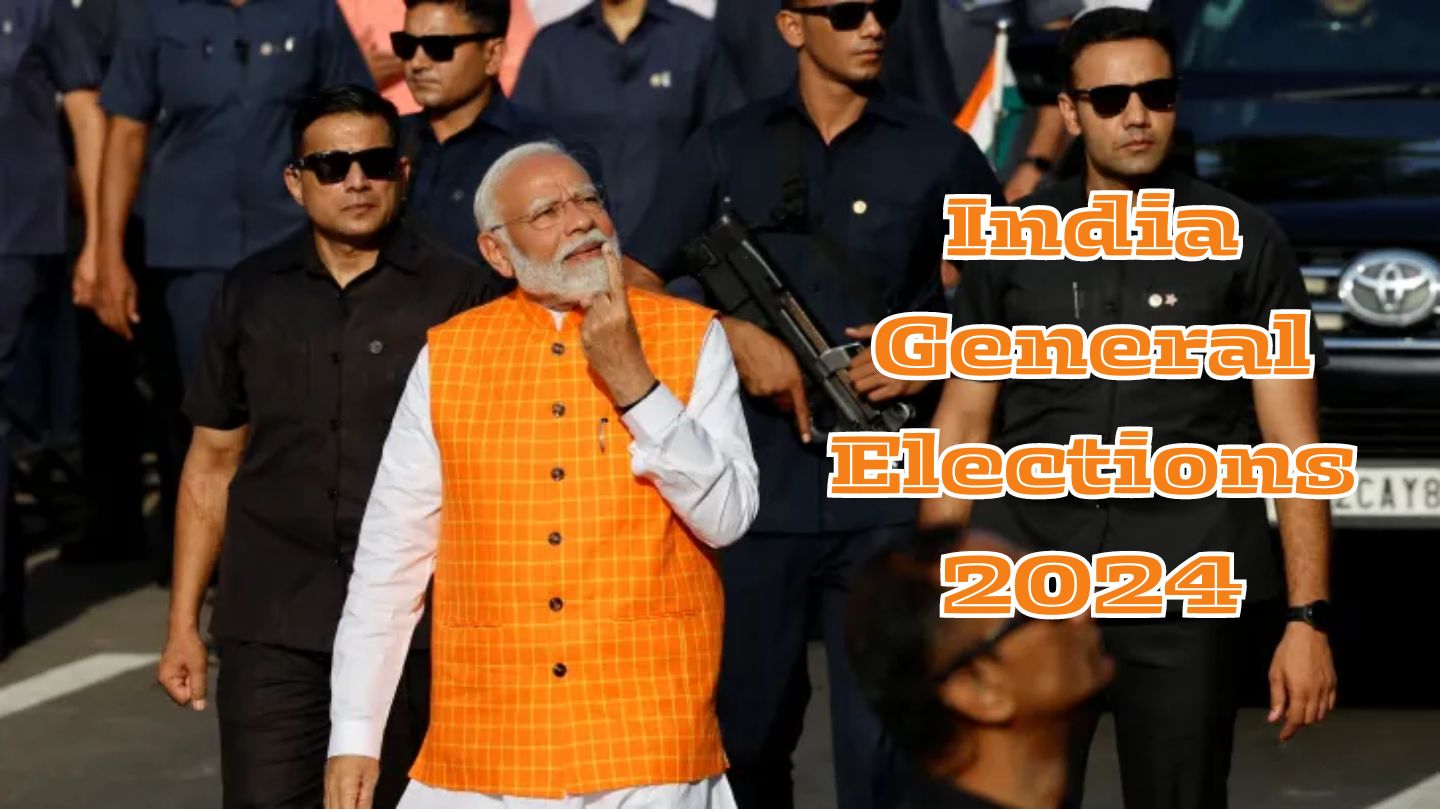The third of seven India General Elections 2024 phases began today. In this particular phase of the election, eleven states shall be voting to choose members who will represent them in Lok Sabha which is India’s lower house of parliament.
In 190 constituencies, the first two stages of voting took place on April 19 and April 26, with a voter turnout of 66.1% and 66.7% respectively, 4% lower than in 2019.
The elections mainly involve the National Democratic Alliance which is headed by Bharatiya Janata Party of the two-time Prime Minister Narendra Modi; it is in opposition with Indian National Developmental Inclusive Alliance headed by the main opposition Indian National Congress party.
The Lok Sabha will have 543 seats filled by representatives chosen by voters. The government will be formed by the party or coalition that carries the day (wins the majority).
Over a period of six weeks, the world’s largest democratic exercise will be conducted, involving an estimated 969 million registered voters. The outcomes will be revealed on 4th of June.
In this election, two main alliances are contesting minus loads of regional and national hopefuls. One is the National Democratic Alliance (NDA), leader of which is Prime Minister Narendra Modi’s Bharatiya Janata Party (BJP).
The Indian National Congress, the leading opposition party, is at the helm of a 28-party coalition that is standing up against NDA and its friends with Prime Minister Narendra Modi as their leader.
“The destiny of 190 seats is already sealed in the first and second phases of the election.”
The first two phases saw voting completed in all seats from Tamil Nadu and Kerala in the south, through Meghalaya, Manipur, Mizoram, Sikkim, Tripura and Nagaland found at the northeastern part of the country.
At the same time, polls have been closed in the northern Uttarakhand state, the desert state of Rajasthan, the Andaman and Nicobar Islands, Lakshadweep plus Puducherry. Most parts of Assam have had theirs while half in Karn’

